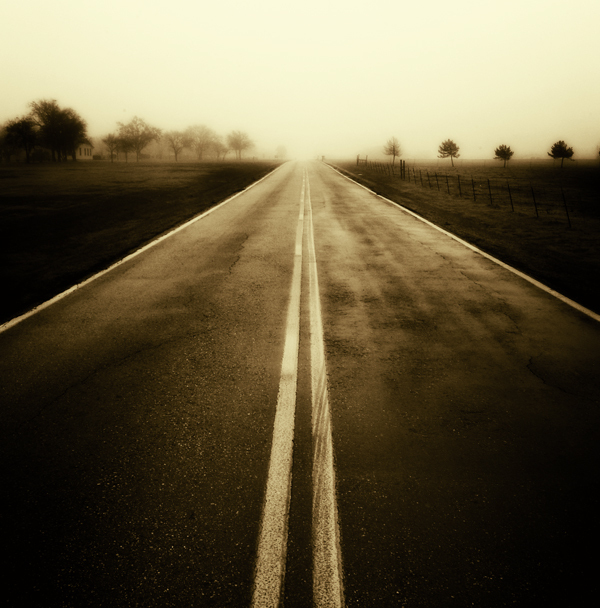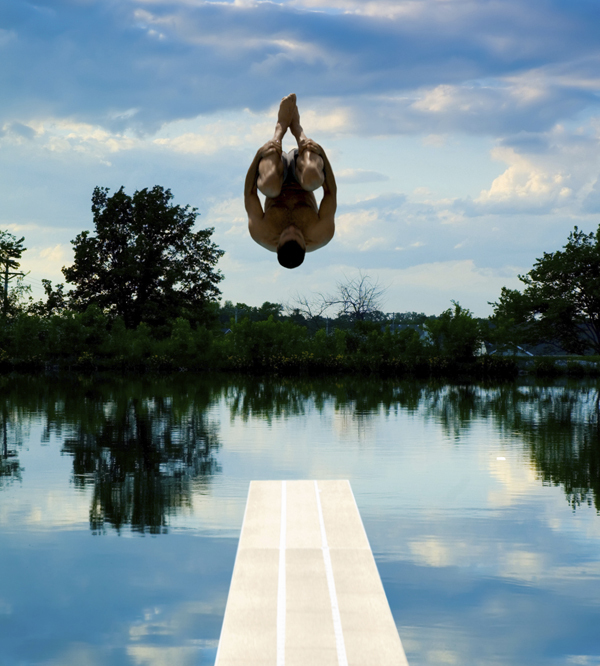How to Use Leading Lines in Photography for Definition
by Cody Johnson | Apr 16, 2012 | How Tos
Technical advice is not often a comfortable partner to creativity, but in the world of photography, it is important that you take as many of the technical recommendations to heart as possible. Why? After the many years in which photography has been done for fun and for profit, there have been some very good solutions discovered by those who take photos all of the time.
One of my personal favorites in terms of the "rules" is the one that applies to "leading lines". The Photo Junkie website has a good definition of this concept:
Leading lines in photography can be a powerful composition tool. This simple technique helps a photographer bring the viewer’s eye to a focal point, and gives a picture an overall structure in terms of layout.
To illustrate the point, they use an image of rows of blooming tulips that lead to a windmill in the far distance. This is a classic landscape image thanks to the "wide angle" lens used to capture the entire space, but it is also a prime example of how to add depth, drama, definition and interest to the image through a heavy reliance on the "lines".
Playing with Lines
Now, the use of leading lines in photography does not have to be as rigid as the example above. You can work "outside" of the lines by finding ways of incorporating individual lines that pull the eye into the scene. For example, the
Photoh.com.au website uses a very compelling shot of a several images to demonstrate the simplicity of leading lines.
Their example puts the camera at eye height and at a slight angle to a series of tennis court nets. This divides the lower half of the image with a long and extending line that gives the image a lot of depth because it asks the viewer to look deeply into the scene.
This really helps to demonstrate that the entire point of any leading line is to draw the viewer into the shot, even if it is only the starting point. For example, let's say you are on vacation and are driving along a winding road that hugs a steep hillside or mountain. There is a scenic spot to stop and take a photo of the mountains in the distance. Do you accept the offer of the panoramic shot OR do you head back across the road to include a small stretch of the winding lines that are created by the pavement?
If you are a savvy photographer you would know that you can add scale, depth and drama by including that bit of roadway in the lower edge or farthest third of the scene.
 Using the Prints
Using the Prints
Remember that most photographs with leading lines can benefit instantly from enlarging. This is because they are often divided up into easily identifiable regions, and enlarging the shot increases the viewer's ability to really detect the details.
There are many photographers who convert such a picture to canvas, and some actually divide their images into several larger prints to make wall collages out of the already segmented shots.
Leading lines may be a "rule" of photography, but they really liberate the photographer and give him or her all kinds of unique opportunities.


 Using the Prints
Remember that most photographs with leading lines can benefit instantly from enlarging. This is because they are often divided up into easily identifiable regions, and enlarging the shot increases the viewer's ability to really detect the details.
There are many photographers who convert such a picture to canvas, and some actually divide their images into several larger prints to make wall collages out of the already segmented shots.
Leading lines may be a "rule" of photography, but they really liberate the photographer and give him or her all kinds of unique opportunities.
Using the Prints
Remember that most photographs with leading lines can benefit instantly from enlarging. This is because they are often divided up into easily identifiable regions, and enlarging the shot increases the viewer's ability to really detect the details.
There are many photographers who convert such a picture to canvas, and some actually divide their images into several larger prints to make wall collages out of the already segmented shots.
Leading lines may be a "rule" of photography, but they really liberate the photographer and give him or her all kinds of unique opportunities.



